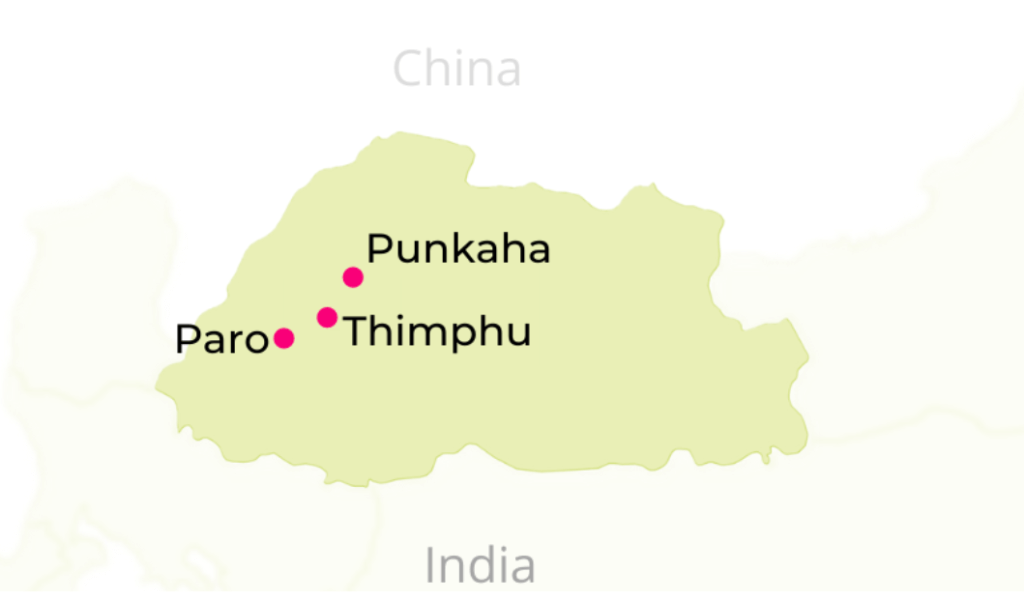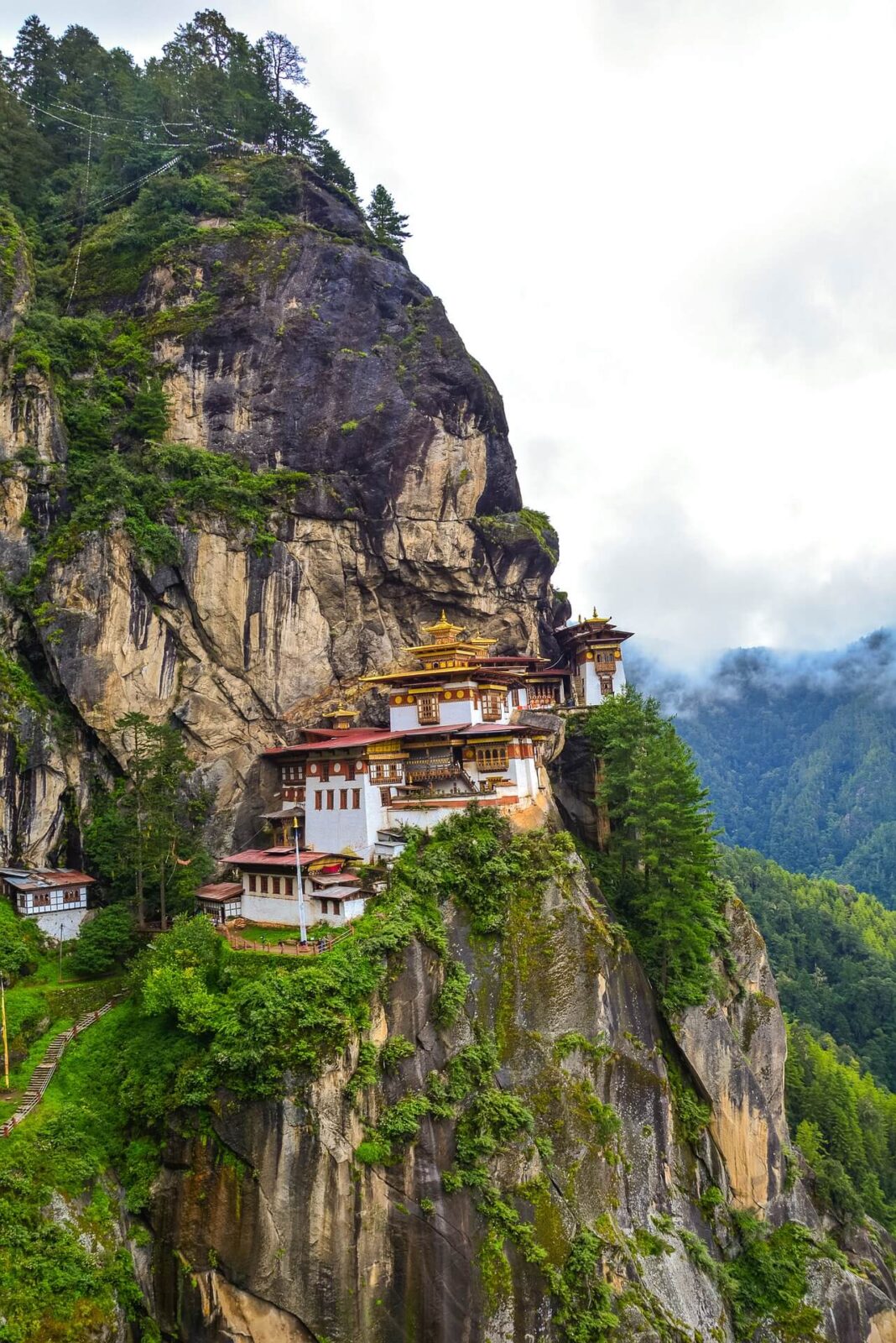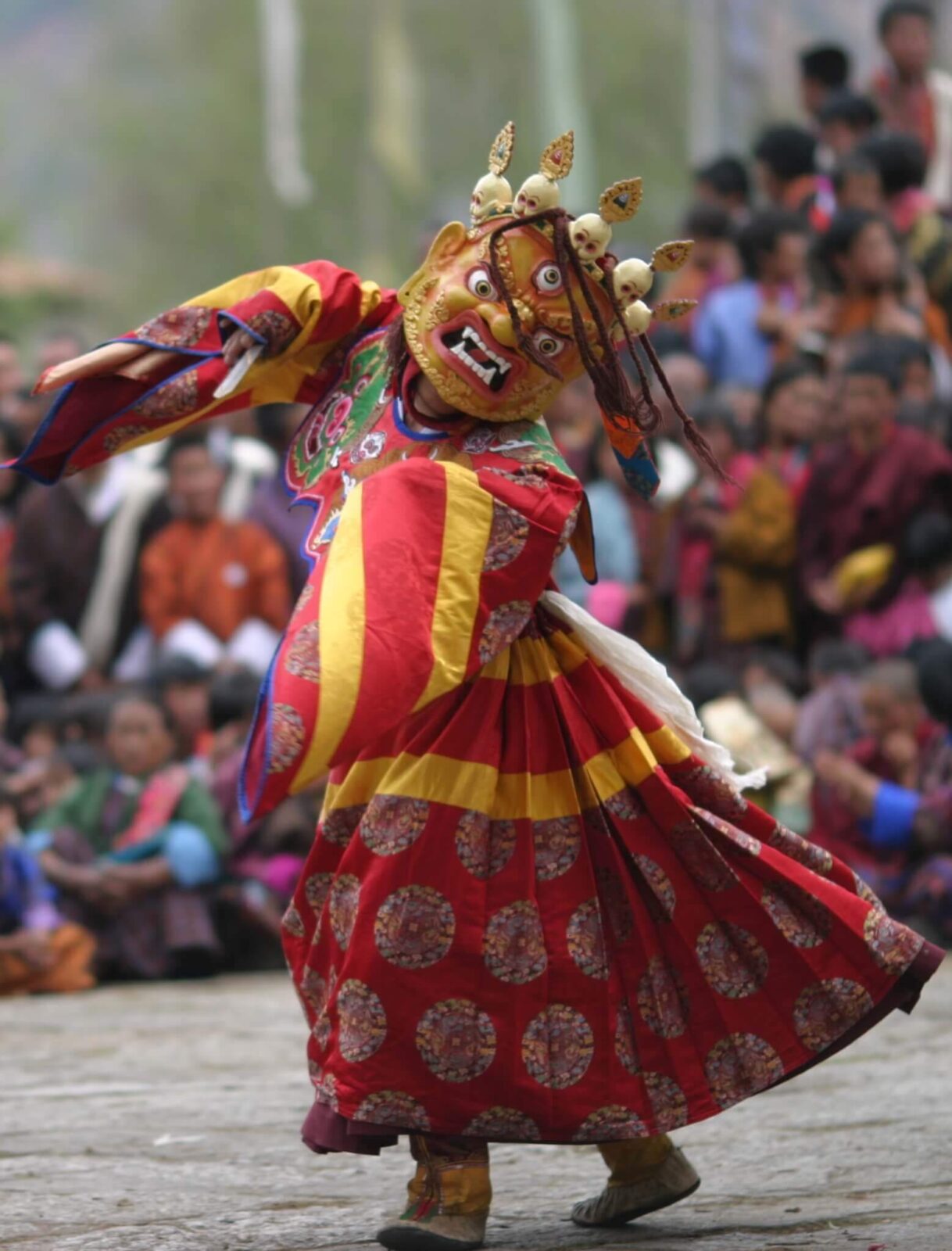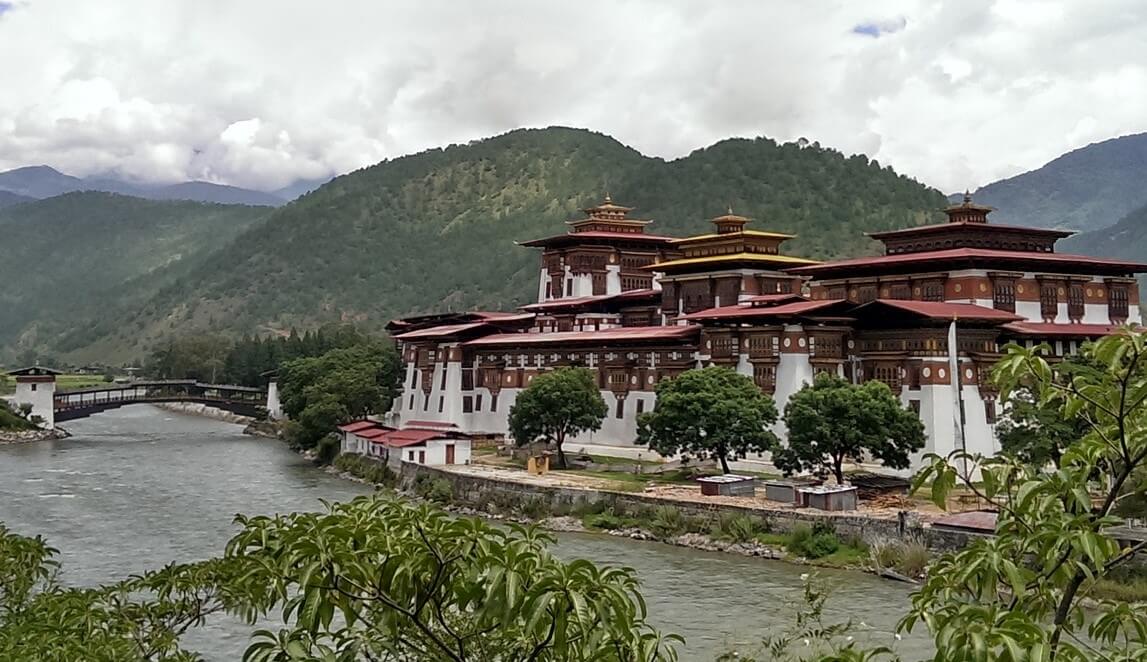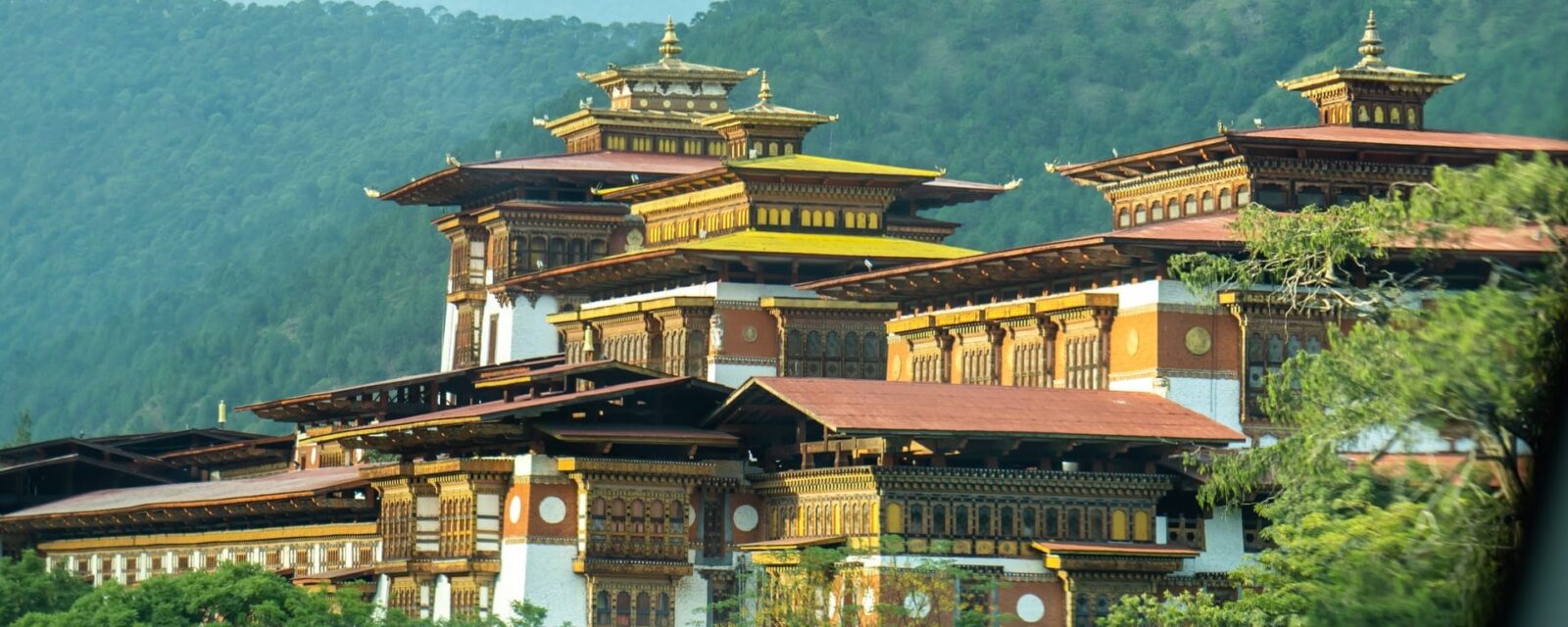
Bhutan with Jasmine Trails
Bhutan
The Land of Thunder Dragon
Bhutan nestles in the mountains of the eastern Himalayas, home to unspoiled picture-book landscapes dotted with majestic, fortress-like monasteries. Its remoteness and ancient Buddhist traditions shroud it in mystery and magic, leading it to be considered the last Shangri-La.
The Himalayan Kingdom, now a constitutional monarchy, is guided by the unique philosophy of Gross National Happiness, which aims to enhance the collective happiness of its population. A nation that is immensely proud of its culture and environmental wealth, it has chosen a sustainable approach to life and tourism, protecting its pristine forests, rivers, wildlife, architecture, arts and traditions.
The small country has much to delight the traveller with – masked dance festivals, nature trails and treks, monasteries, archery, adventure sports and the lovely smiling faces of the people.
Here are just a few of the places we would like to show you. Click on the city names below to know all about them.
Highlights of Bhutan
Image Credits: We are grateful to our friends who so generously allow us to use their photos on our website. On this page, by:
Bhutan Map: FreeVectorMaps.com https://freevectormaps.com/bhutan/BT-EPS-02-0001?ref=atr

